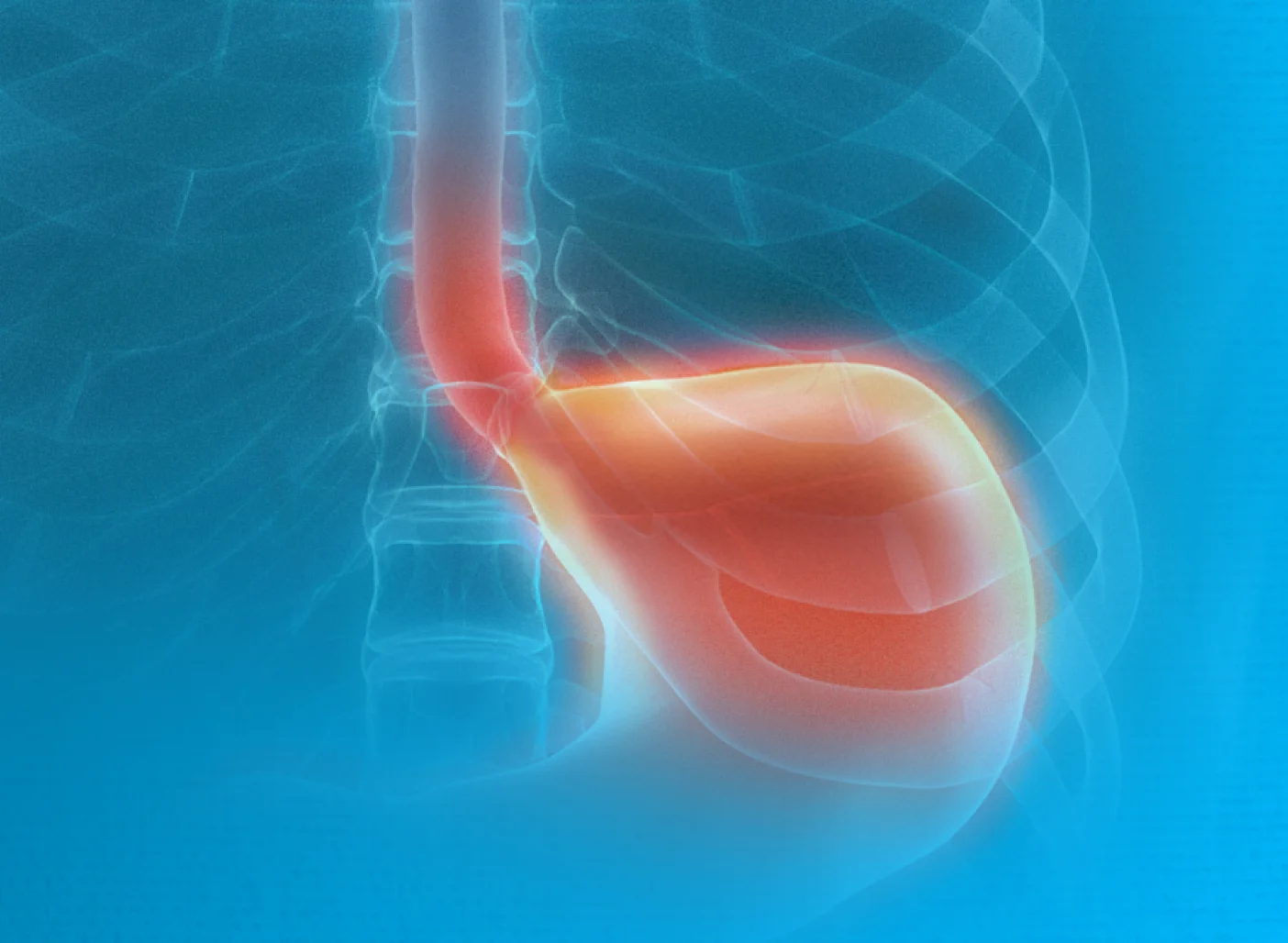


Barrett’s esophagus learning center
Chronic reflux in the esophagus causes changes to the molecular and cellular features of the esophagus, which often results in a condition called Barrett’s esophagus. Barrett’s is a serious complication of GERD and a known risk factor for the development of esophageal cancer. Learn more about risk factors, histology, diagnosis, treatment and cancer risk.

Case studies
A patient with multiple EGDs and conflicting endoscopic findings
This case of a 75-year-old female required Dr. Yepuri to weigh multiple conflicting data points to recommend the best care for an anxious patient.
A patient with a family history of esophageal adenocarcinoma
A patient with non-dysplastic BE and a family history of EAC that wanted reassurance prior to moving forward with EET.
Anxious female patient with concerning family history
Helena uses TissueCypher to reveal low risk of progression to an anxious patient that routinely asks to shorten her Barrett’s esophagus surveillance interval.
Confirming low risk of progression in a young female patient
See how Dr. Yepuri handled the case of a young female patient who received an unexpected diagnosis of Barrett’s esophagus.
Downstaging a female patient with elevated clinical risk
A 60-year-old female with a complicated medical history is reassured by a low-risk TissueCypher score to extend BE surveillance intervals.
Downstaging a patient referral for radio-frequency ablation
This case of a 52-year-old male gives an example of how the decision on whether or not to pursue EET is not always clear.
Helping a 56-year-old patient take his esophageal cancer risk seriously
Helena helped a patient who was skeptical of his condition to act on his high risk of malignant progression.
Helping an older patient be proactive in preventing EAC
An 81-year-old male patient found himself on the fence about whether to continue ongoing surveillance of his BE.
High anxiety and difficulty swallowing
Dr. Loewe discusses a patient with a 25-year history of GERD, non-dysplastic Barrett’s esophagus, and difficulty swallowing.
Younger patient, long-segment with TissueCypher low risk
A 38-year-old male with long-segment Barrett’s esophagus and a low-risk TissueCypher emphasized the need to consider all the factors of the case.
Older patient, short-segment with TissueCypher high risk
Dr. Lipham shares the case of a 77-year-old patient who appeared to have low clinical risk but received a high-risk TissueCypher score.
TissueCypher reveals a missing critical detail
A 69-year-old male patient was anxious about his BE, and a TissueCypher high-risk score led to a revealing discussion.
Scientific evidence
Risk-aligned management guided by the tissue systems pathology test can improve health outcomes in Barrett’s esophagus and reduce healthcare-associated costs
TissueCypher is the strongest independent predictor of progression in patients with Barrett’s esophagus
The tissue systems pathology test objectively risk-stratifies patients with Barrett’s esophagus results from a multicenter US clinical experience study
A randomized controlled study on clinical adherence to evidence-based guidelines in the management of simulated patients with Barrett’s esophagus and the clinical utility of a tissue systems pathology test: results from Q-TAB
